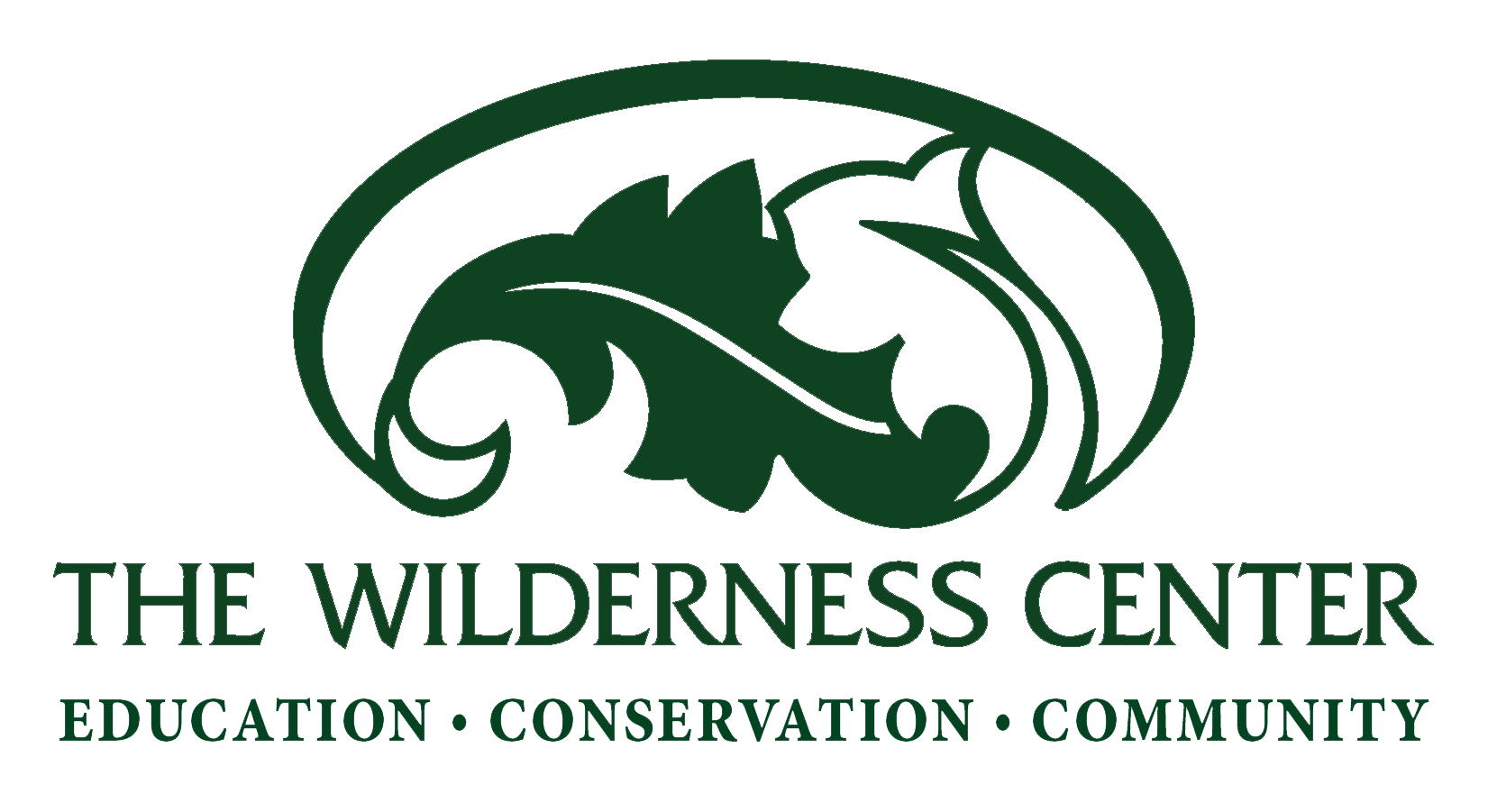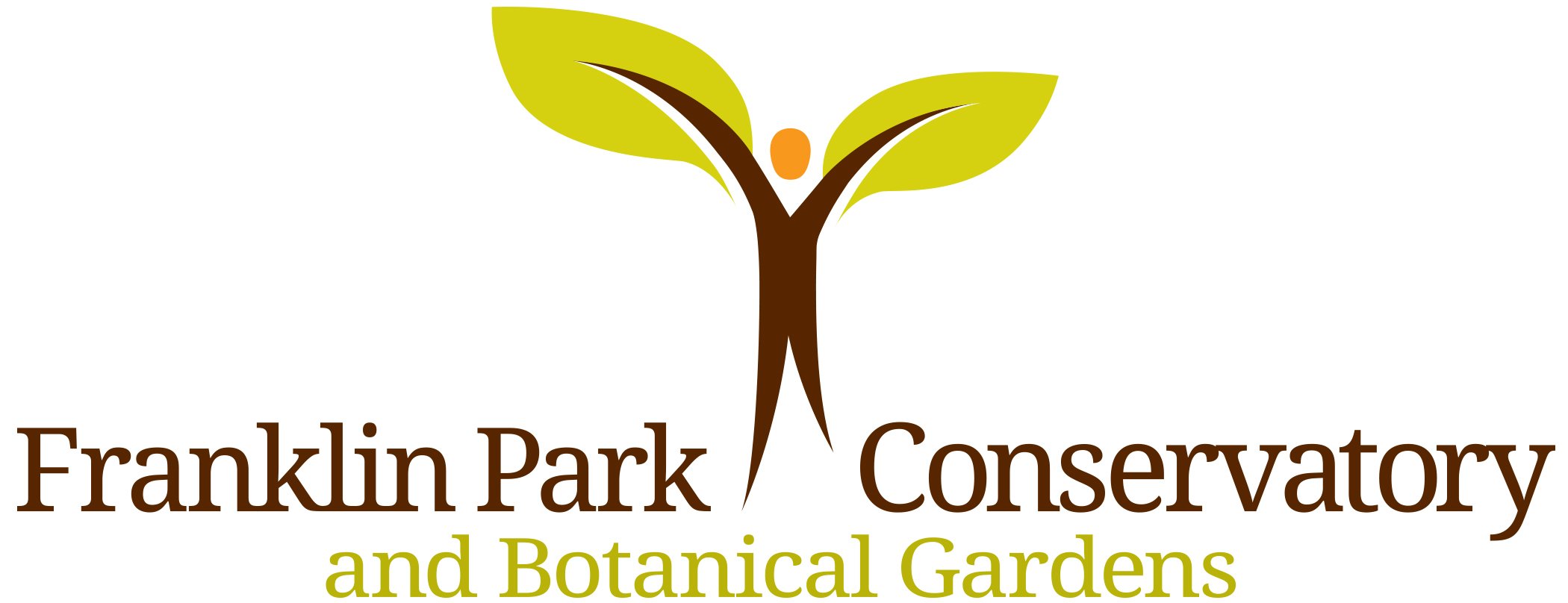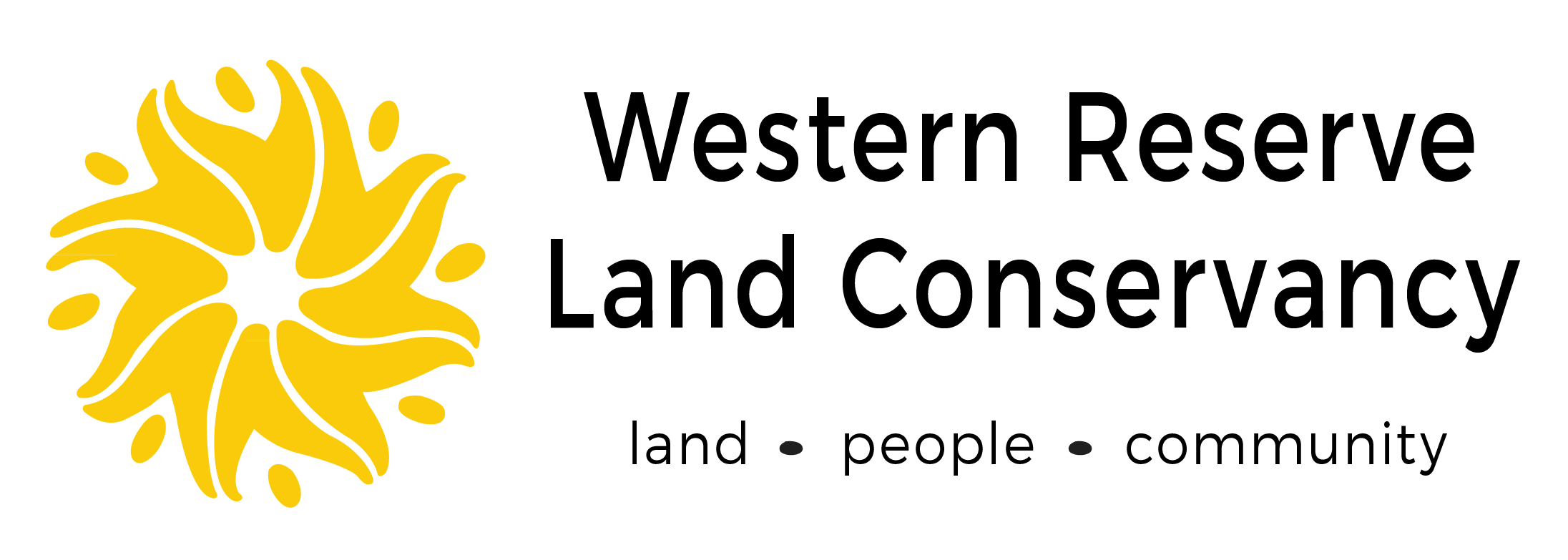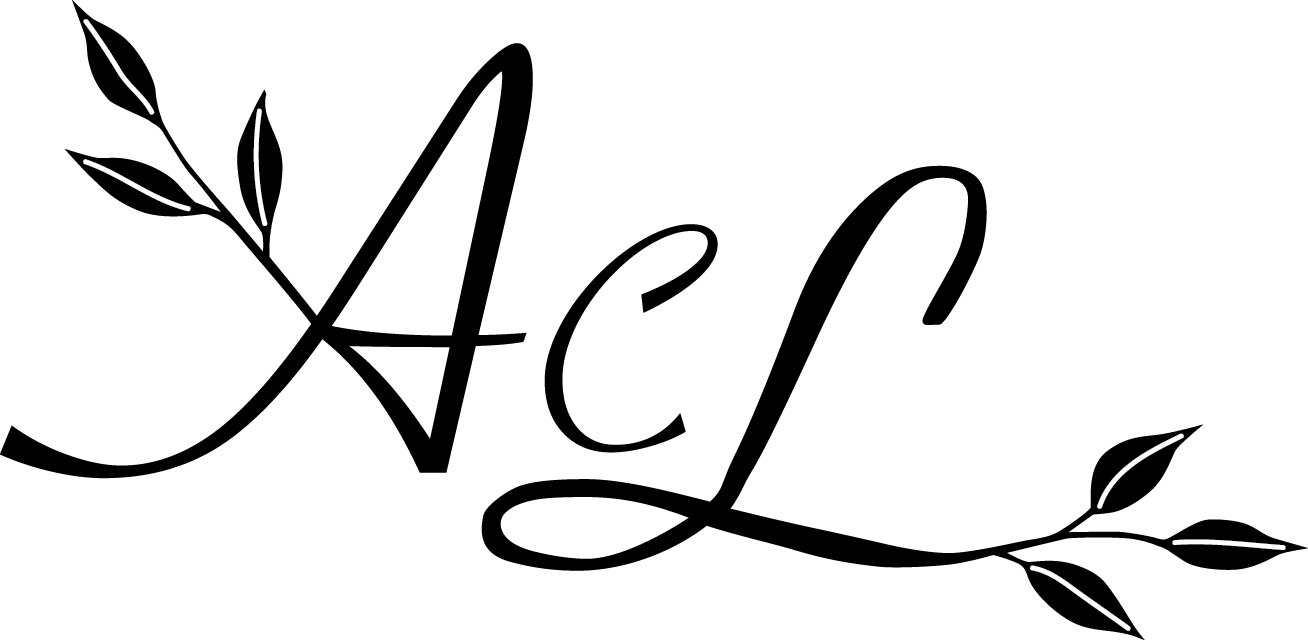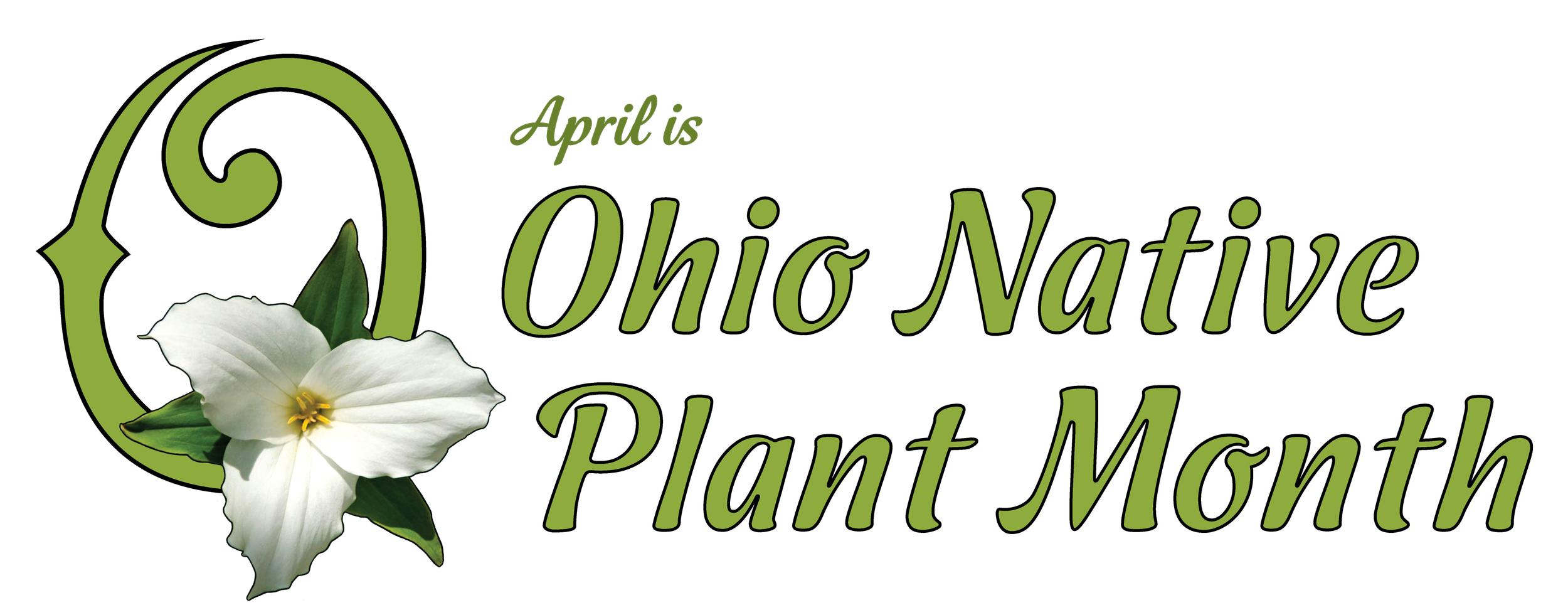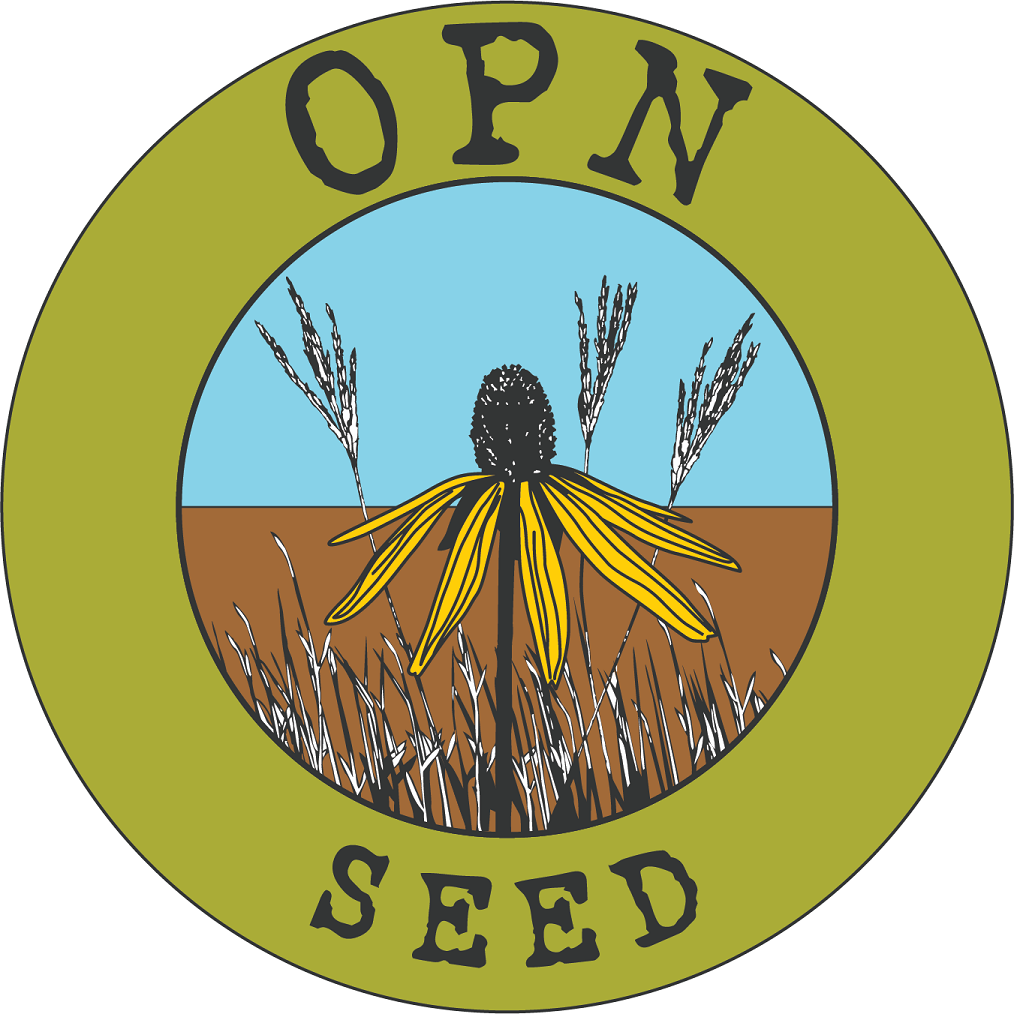Supporters
Your donation makes a difference. Every $100 = 1,600 square feet of pollinator habitat or conservation funding in Ohio.
Meet Our Supporters & PARTNERS
Donors & Partners
Jayne & Isaac Barnes, Honeyrun Farm
Kelly Brown, Governor Elect of Dayton Kiwanis
Michelle Emerson
Thom Glick, Artist & CCAD Professor
Gabrielle Galea
Livia Galea
Mark Galea
Matt Galea
Jeanne Gural
Jacqueline Kemble
Jennifer Kramer, APR
Suni Moon, Artist & Energy Healer
Jennifer Oakleaf, Amazing Creams & Lotions
Dr. Amy Sapola, Chef’s Garden
The Sapola Family
Julie Smith, Advisor
Brayden Spence
Sharon Teuscher
Suntrol Company
Tracy Teuscher, Founder & Director
Katie Turner, Secretary
Karin Weston, Karin Weston Art
Anne Dudley Young, Treasurer
Davis Young, APR, Fellow PRSA, Advisor




